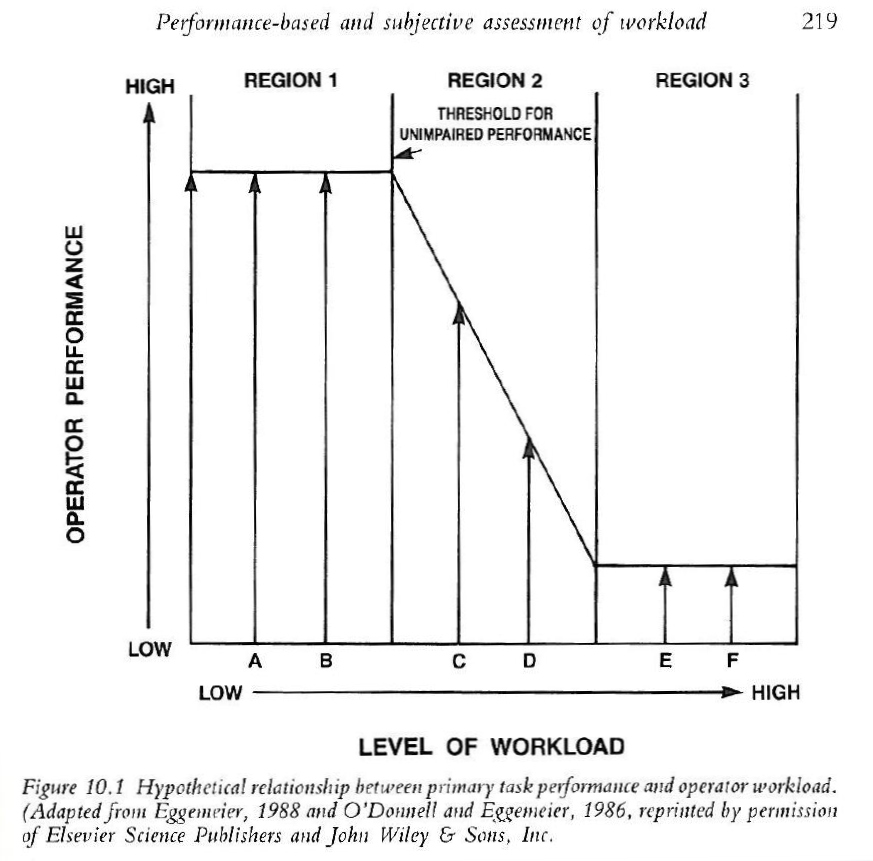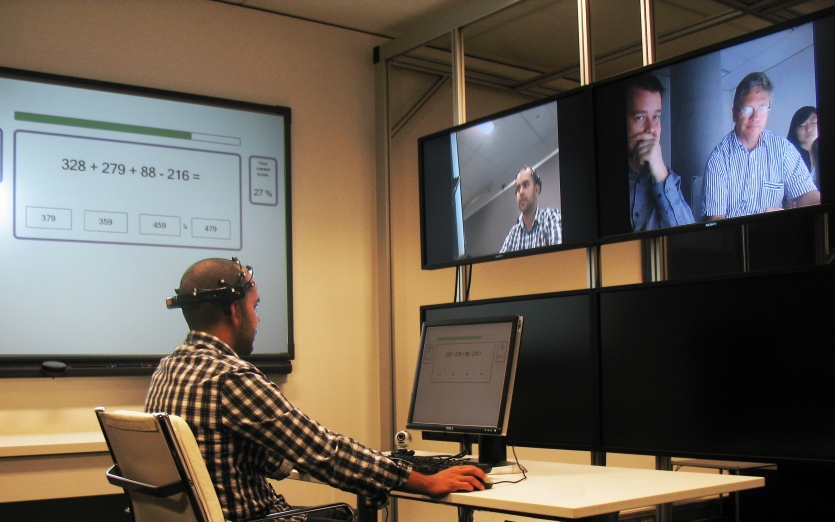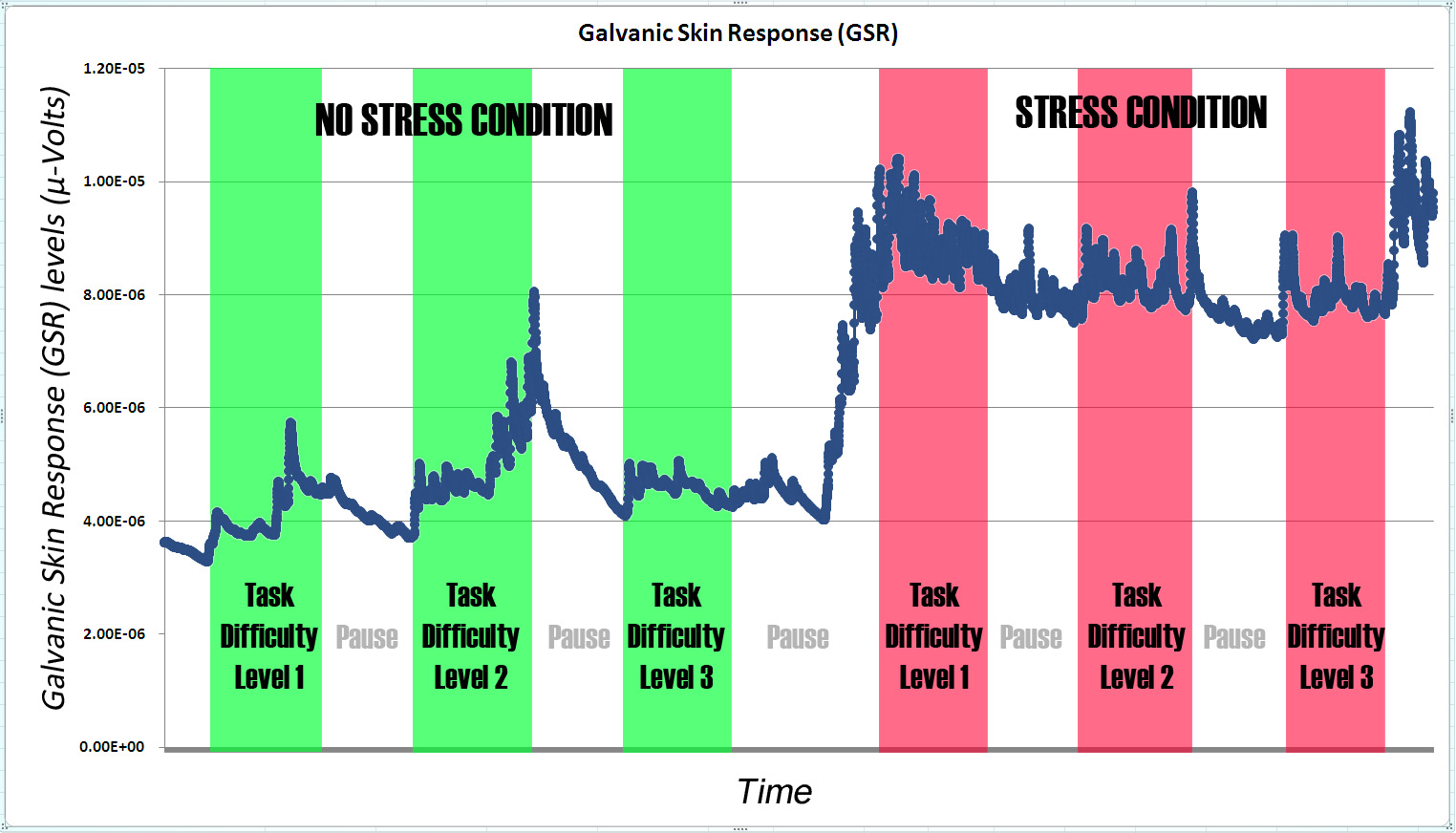Got a paper published in INTERACT 2013
Great news! I’m being published!
Last Summer I spent three months doing some research with NICTA (the federal centre for research excellence in IT) – truly amazing place. I was working with the Machine-learning group – who are using particular computational techniques to make what amount to informed decisions out of messy real-world data. It’s a tricky mathematical problem, but one that has HUGE potential for making our machines smarter. The specific program I was working on involved attempting to measure Cognitive Load – in realtime.
Allow me to explain. The basic premise is that – since humans have limited capacity for processing information, we are, at different times, under different amounts of ‘Cognitive Load’. So when washing the dishes – our load is reasonably low – and we probably have excess capacity available to hold a conversation, or think about yesterday’s news – whatever. 
However, as the task becomes more difficult, we have less and less ability to effectively multi-task (for those with cognitive background – let’s just assume for the moment that rapid task switching is also ‘multi-tasking’). This model of human processing capacity suggests that at a certain point, during certain task demands, we may actually become overloaded, and therefore being to make errors, or not process information in time.
Normally this is kind of situation is not a problem – we can just pause washing the dishes for a second whilst we devote capacity to the secondary task. BUT… in certain situations – this is either impractical – or can be completely disastrous. Think: Air traffic controllers, emergency vehicle response coordinators, even workers in phone-support environments etc…
Furthermore – and this fascinated me – a tool like this would also be of amazing utility in assessing interfaces. How much does simply navigating a system require mental processing resources? And again – in ‘mission critical’ applications – such as flying an airplane – it would be invaluable to gain a deeper understanding of the cognitive  requirements of the technology.
requirements of the technology.
So there are a number of real-world environments where it would be really useful to be able to non-invasively measure Cognitive Load and this is the task of the working group I joined at NICTA.
Anyway – having read the literature, and reviewed their research up unto that point (this project has been going for some years now) I quickly realised that in a lot of their experimental paradigms there was a major confound not accounted for – namely that of stress. Ie: when they set up experiments that manipulated CL by making people perform tasks of different difficulty levels – and then measuring things such as pupil-dilation, heart rate, GSR and EEG signals – it was quite possible that instead of measuring CL – they were actually measuring stress – since it is possible that when a task gets close to the limits of our capacity to accomplish it – we get increasingly stressed out. In Psych jargon: a problem of construct validity.
Having realised this methodological problem I took this to my supervisor late on one Friday afternoon, the amazing and inspiring Fang Chen, and she immediately told me that I would be presenting this to the entire team on Monday morning. Gulp. Anyway, the presentation seemed to go well and I was given the task of trying to devise an experimental paradigm that disassociated CL from stress.
Without boring you with the details, I was pretty proud of the experiment I devised which involved some pretty elaborate audio visual trickery to make people think that they were being watched via video link-up by the head of NICTA as they failed at a maths task – as you can imagine a pretty aversive experience for professional IT researchers. It was a harrowing experiment to run – I was amazed we got ethics approval, but we generated a good body of data, and then eventually generated some really interested findings.
Here’s the abstract:
Human physiological signals have been widely used to non‐invasively measure cognitive load (CL) during task execution. A major challenge for CL detection is the presence of stress, which may affect physiological measurements in ways that confound reliable detection of CL. In this experiment we investigated the effect of stress on cognitive load measurement using Galvanic skin response (GSR) as a physiological index of CL. The experiment utilized feelings of lack of control, task failure and social‐evaluation to induce stress. Mean GSR values were shown to be significantly different between CL levels in the ‘no‐stress’ condition, but not when including the ‘stress’ condition. On the other hand, features extracted from GSR signals based on peak detection exhibited consistent behaviour under both conditions, demonstrating the usefulness of the features as cognitive load index even when a person’s stress level is fluctuating.
Keywords: Cognitive load, Galvanic skin response (GSR), stress.
Now this paper will be presented at INTERACT 2013 – which is pretty cool – I just need to figure out how to get over there for the conference!

 Address: 11 Silva St, Tamarama, Sydney, Australia
Address: 11 Silva St, Tamarama, Sydney, Australia Phone: +61 2 (0) 404 214 889
Phone: +61 2 (0) 404 214 889 Email:
Email: 
[…] since my research project at NICTA (that will be published as part of INTERACT 2013) where I was involved in assessing […]
[…] for ICT research excellence) a truly amazing place. I wrote about the project in some detail in a previous post here. The result was a paper that was presented at INTERACT 2013, and now, finally, the text of the […]